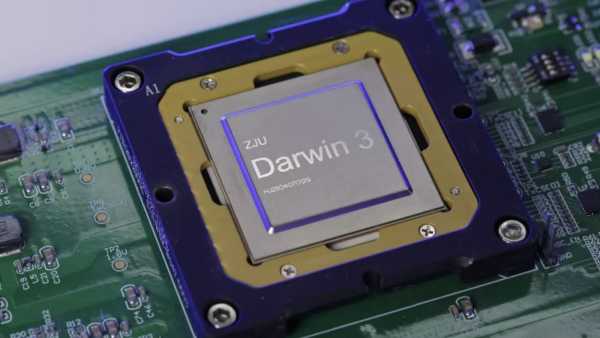
(Image courtesy of Zhejiang University (ZJU))
Chinese researchers have developed a supercomputer whose architecture mimics the structure of the primate brain.
The platform, called “Darwin's Monkey” or “Wukong,” contains over 2 billion artificial neurons and more than 100 billion synapses, approaching the complexity of a macaque's neural network.
The developers suggest that the system will become a tool for modeling in neuroscience and an intermediate stage in the creation of artificial general intelligence (AGI) – an AI system with a human level of thinking and logic.
You may like
-

China Begins Build AI-Based Space Supercomputer
-
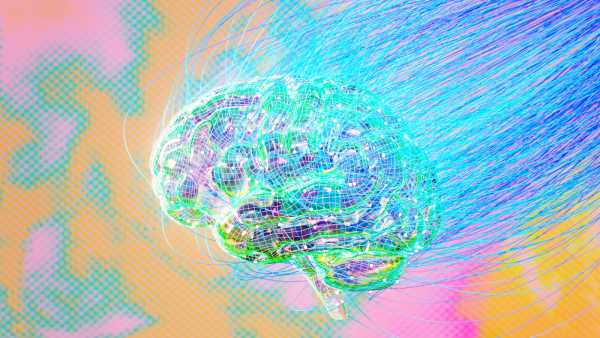
New AI Modeled After the Human Brain Shows Superiority Over ChatGPT in Logic Tasks
-
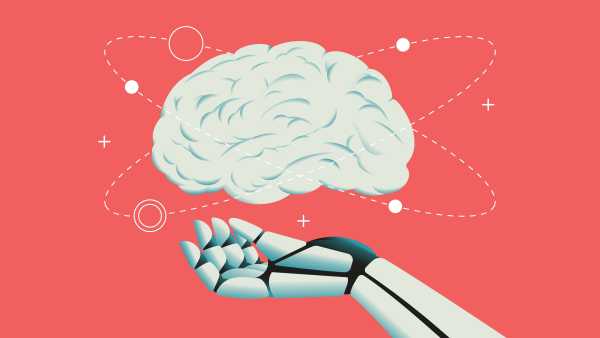
Neural network predicts human behavior in any scenario with record accuracy
Power Br(AI)n
Unlike classical neural networks that work with binary values, neuromorphic systems like Darwin Monkey use spiking neural networks (SNNs) that mimic biological processes.
SNNs mimic the way neurons in the brain transmit signals, activating when a threshold level of electrical impulses is reached.
Artificial neurons in such networks reproduce the behavior of biological ones: they generate an impulse only after accumulating sufficient charge.
While software neural networks simulate the brain's work algorithmically, SNNs physically recreate the mechanisms of information transfer, providing parallel data processing and potential superiority over traditional supercomputers.
Energy efficiency is achieved by introducing a rest period for artificial neurons after activation, which limits the frequency of pulses and reduces energy consumption.
According to the developers, Darwin Monkey consumes about 2,000 watts – comparable to the power of a kettle or hair dryer – using 960 Darwin III neuromorphic chips, each of which supports up to 2.35 million firing neurons.
Other neuromorphic computers
The previous record was held by Intel's Hala Point system with 1.15 billion artificial neurons and 128 billion synapses across 140,544 computing cores.
Intel claims 20 peta-ops performance, but direct comparisons of neuromorphic systems with traditional supercomputers are difficult due to differences in architecture.
According to a translated statement from the Darwin Monkey team, the platform already solves cognitive tasks: logical reasoning, content generation, and mathematical problems using the DeepSeek model.
RELATED STORIES
—“Living computers” made from human neurons are available for rent for $500 a month
—Brain-like transistor opens new horizons beyond machine learning
—DNA computing chip could boost efficiency of future AI models
The system is also used to model the brains of various animals, including zebrafish and mice, for neuroscience research.
The project was developed jointly by Zhejiang University and Zhejiang Lab with the participation of Alibaba Group.
Its predecessor was the 2020 Darwin Mouse (“Mickey”) with 120 million neurons, equivalent to a mouse brain.
TOPICS China

Owen Hughes
Owen Hughes is a freelance journalist and editor focused on technology and digital transformation. A former senior editor at ZDNET, he has more than a decade of experience covering the tech industry, including AI, cybersecurity, supercomputing, and government technology. His key areas of interest are the impact of technology on business processes and the evolution of remote work.
You must verify your public display name before commenting.
Please log out and log back in. You will then be prompted to enter a display name.
Exit Read more

China Begins Build AI-Based Space Supercomputer
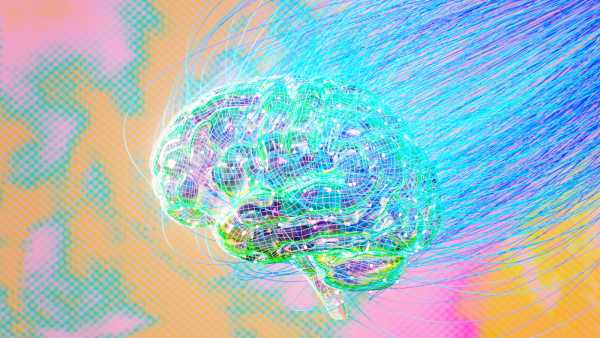
New AI Modeled After the Human Brain Shows Superiority Over ChatGPT in Logic Tasks
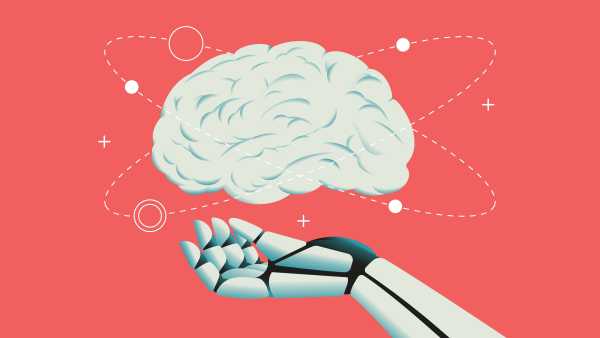
Neural network predicts human behavior in any scenario with record accuracy

AI beats 30 top mathematicians at closed meeting in California

Quantum AI algorithms already outperform supercomputers, scientists claim

China Places Data Centers in the Ocean for Cooling. Computing News
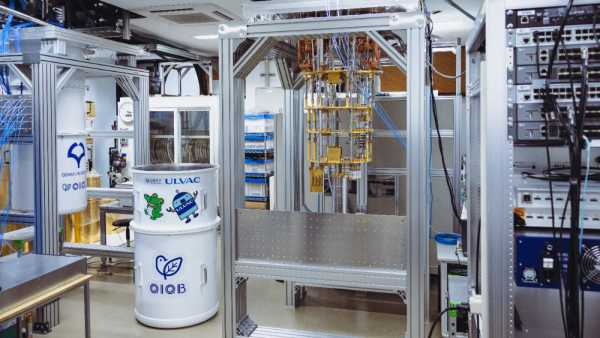
Japan Launches First Domestic Quantum Computer
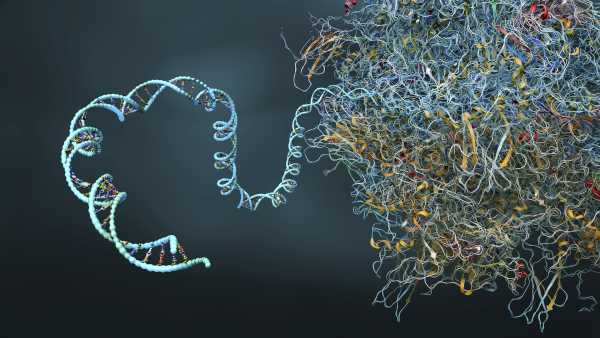
IBM and Moderna Model Longest mRNA Without AI — Using Quantum Computing

Quantum Virtual Machines Reduce Task Completion Time from Days to Hours

80-Year-Old Invention Could Be Key to Unlocking the Potential of Modern AI

Scientists Achieve Record-Breaking Quantum Calculation Accuracy of 0.000015% Errors

Quantum Machine Learning Used for the First Time in Semiconductor Design Latest News

Gum treatment slows arterial thickening, clinical trial confirms

Webb telescope finds anomalies in interstellar comet 3I/ATLAS

New non-laser eye treatment shows promising results

A web spider awaits prey in its web

Most detailed image of solar flare ever captured

Ankylosaurus with meter-long spikes on its neck discovered in Morocco LATEST ARTICLES

1Whirligig spider in its web
Live Science is part of Future US Inc., an international media group and digital publisher. Visit the corporate website.
- About Us
- Contact Future experts
- Terms and Conditions
- Privacy Policy
- Cookie Policy
- Accessibility Statement
- Advertise with us
- Web Notifications
- Career
- Editorial Standards
- How to present history to us
© Future US, Inc. Full 7th Floor, 130 West 42nd Street, New York, NY 10036.
var dfp_config = { “site_platform”: “vanilla”, “keywords”: “type-news-daily,serversidehawk,videoarticle,van-enable-adviser-
Sourse: www.livescience.com





